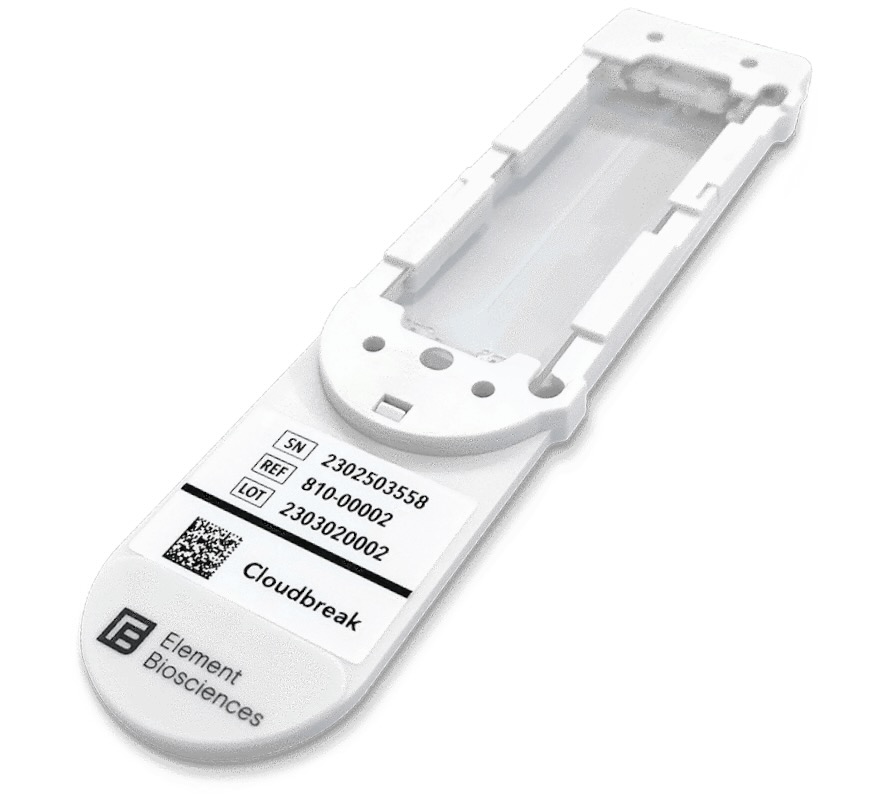
Flow Cell Cartridge for DNA sequencing
As technology evolves, one thing remains the same: the medical disposable. Whether it's a bandage or a bib, a crutch or a cast, a glove or a gown, a syringe or a scalpel, or a cartridge for DNA sequencing. DNA sequencing is a complex process, and it involves more than just an alphabet soup of A, G, C and T. It requires computers and lasers and dedicated machines, all stored in climate controlled labs, and operated by specialists. The process begins with the insertion of a flow cartridge. The insertion needs to be simple and intuitive, so that it can be done consistently, time after time after time. And the cartridge has to be positioned perfectly, in exactly the right position.
No matter how clumsy, how careless, or how distracted the operator may be.
The cartridge needs to be designed and manufactured with gnat's ass precision. Often called GAP tolerances. But after the test, the flow cartridge is a throw away item - it is disposable. So what do you do now? Sure, many of the materials are recyclable, and they were premium grade materials to begin with - manufactured and certified to exacting international standards. But after use, the device and the materials may be contaminated.
A key question remains: How do you design a medical disposable?
This is a complex question, with no simple answers.
Want to hear more from Art of Mass Production?
Sign up for a monthly update of our latest posts.
You have Successfully Subscribed!